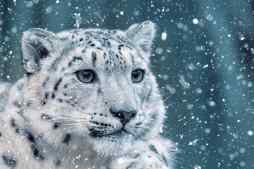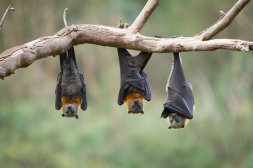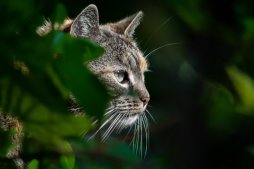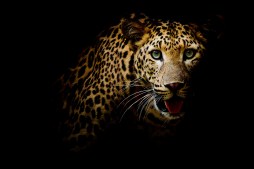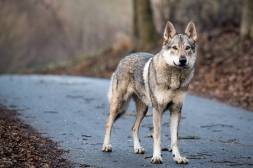The Role of Evolution in the Survival of Dinosaur Descendants

Dinosaurs have long fascinated scientists and enthusiasts alike, often remembered as creatures that vanished from Earth millions of years ago. However, the question arises: did dinosaurs really go extinct, or did they evolve into something new? This article explores the role of evolution in the survival and transformation of dinosaur descendants, shedding light on how these ancient creatures still exist today in a different form.
Understanding Dinosaur Extinction
Approximately 66 million years ago, a catastrophic event—most likely a massive asteroid impact—led to drastic environmental changes causing the mass extinction of many species, including most dinosaurs. This event marked the end of the Cretaceous period and led to significant biodiversity loss. While many dinosaur species perished, this extinction was selective rather than absolute.
Evolutionary Pathways: From Dinosaurs to Birds
Contrary to popular belief that all dinosaurs disappeared, scientific discoveries indicate that certain theropod dinosaurs survived by evolving over millions of years. These small feathered theropods gradually evolved into modern birds. Thus, birds are considered direct descendants — or living dinosaurs — continuing their lineage through evolutionary adaptation.
Evidence Supporting Dinosaur-Bird Evolution
Fossil records show numerous transitional species exhibiting both dinosaurian and avian characteristics such as feathers, hollow bones, and specific skeletal structures. Archaeopteryx is one famous example displaying traits bridging non-avian dinosaurs and birds. Molecular studies also support this evolutionary connection by comparing DNA sequences between birds and reptiles.
The Implications for Our Understanding of Extinction
Recognizing that birds evolved from certain dinosaur lineages broadens our definition of extinction; while many groups vanished completely, some adapted so successfully they persist today in altered forms. This highlights evolution’s powerful role in survival by enabling species to adjust to changing environments rather than simply disappearing.
Modern Biodiversity Stemming from Ancient Origins
Today’s diverse bird species represent a remarkable continuation of dinosaur heritage spanning tens of millions of years. Their wide range—from tiny hummingbirds to large flightless ostriches—reflects extensive evolutionary diversification rooted deep within prehistoric times.
In conclusion, while most non-avian dinosaurs went extinct following catastrophic events at the end of the Cretaceous period, their evolutionary legacy survives robustly through modern birds. Understanding this connection enriches our appreciation for both evolution’s impact on life’s persistence and the enduring presence of dinosaur descendants among us.
This text was generated using a large language model, and select text has been reviewed and moderated for purposes such as readability.
